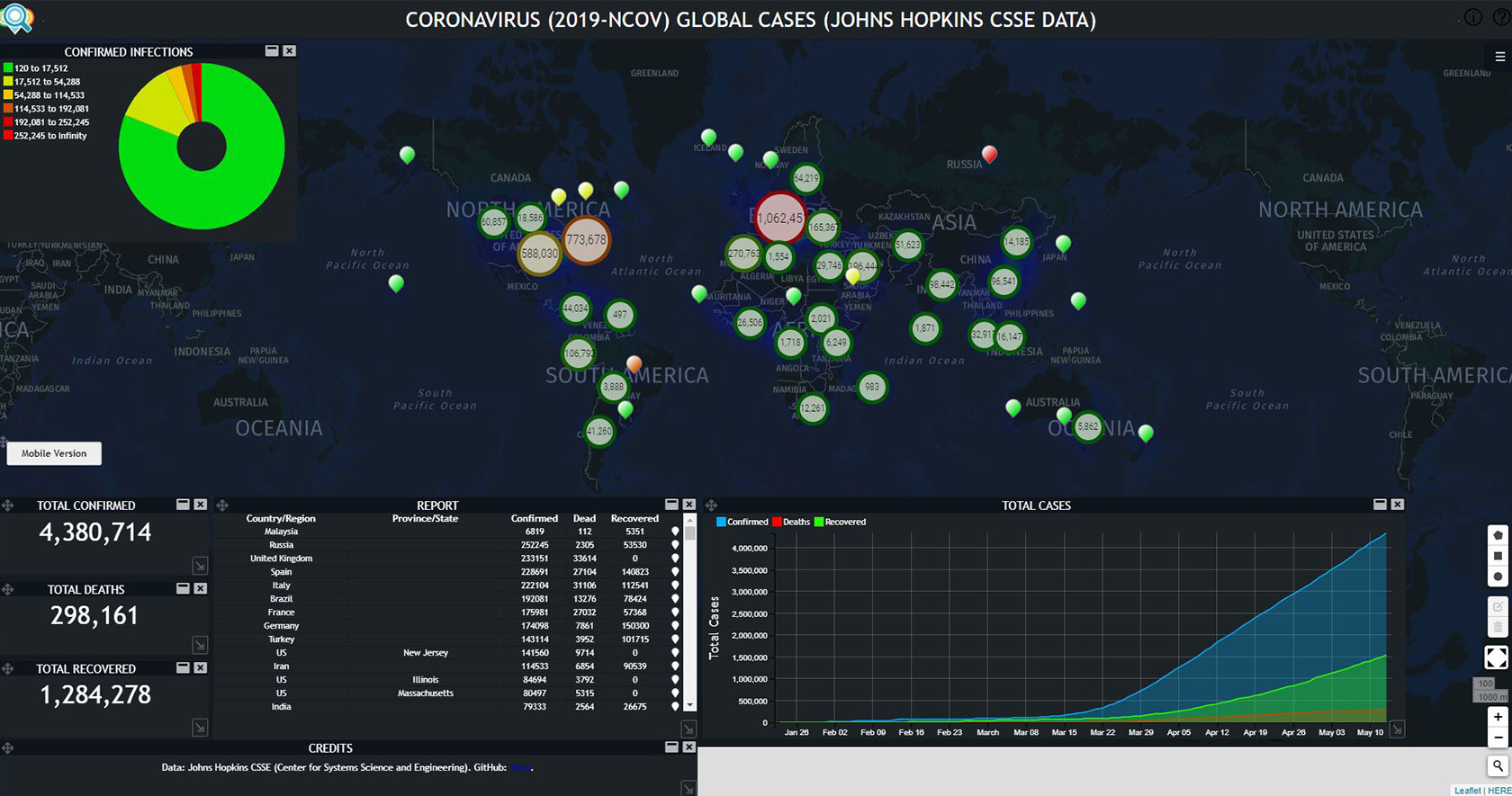Gathering intelligence for public safety from open-source information

Gathering intelligence for public safety from open-source information
Nowadays, like never before, we are surrounded by a vast amount of data and information flow. A huge part of it is freely and publicly available on the internet. The collected, processed and analysed data can be an excellent source for conclusions and informed actions for professionals working in public safety, transportation, infrastructure, health, government, and non-profit organizations. Especially for those responding to national emergencies.
When we join a task force for the analysis of an issue, we wonder where to obtain data or information that illustrate that particular course. Often, we do not even realise how much of relevant information we can gather from the so-called open sources on the internet. We are freely giving/sharing our data with different vendors and platforms. Every one of us has at least a few devices at our fingertips, which basically collect the most diverse data about us around the clock. We all leave a footprint or trace on the internet.
Thousands of other devices like satellites, cameras, signal-collecting devices etc., are constantly monitoring events, incidents and processes taking place on our planet every second. The collected data includes weather, traffic, crime, financial transactions, ship movements, disasters, our social behaviour, just to name a few. The databases collecting and processing the information are maintained by public or private entities and are updated on an ongoing basis. Much of this vast amount of information is available to almost everyone. The only limitation is the ability to search for relevant data existing in space.
Gaining insights from OSiNT
The method of gathering this type of data and information is called Open Source Intelligence (OSiNT). This information collected in OSiNT is freely and publicly available. It is not in sense of free software but rather information from sources, which are open and widely available, for example social media, blogs, groups, Deep Web and Dark Web. Or even conventional sources, such as newspapers or books.
Important to understand is that OSiNT isn’t about alteration of any kind of information or hacking into any databases. It is about gathering intelligence from already existing and available information and the interpretation of it.
The analysis of open source data on the internet allows us to trace even complex problems many times, make hypotheses, and make conclusions. Before starting the collection of data online, one must clearly define the goal and the scope of information needed for a certain analysis. The search should be preceded by answering specific questions such as the 5Ws1H:
- Who?
- What?
- When?
- Where?
- Why?
- How?
Visualising OSiNT
The answers will allow us to concretise the scope of the search. Thanks to this, it will be much easier to determine the tools, applications, methods for gathering data. Usually for one type of data we will find several different tools. At this stage of gathering information, we must not get discouraged and jump to false conclusions or even to break up the search. Or simply change the tools.
One of the methods to elaborate on the analysed data is its visualisation. Hexagon offers several useful tools for the process of information analysis, location intelligence, and open source data. Take for example Hexagon’s dashboard exhibiting data on the spread of the current COVID-19 pandemic. It is an interactive publicly accessible map-based application that anyone can use to visualise and understand the latest information regarding the virus. The information is updated daily.

The basis for this application is information gathered from the Johns Hopkins University. Currently, the Hexagon map shows real-time COVID-19 information that allows dynamic analysis of the pandemic numbers. Hexagon Smart M.App’s solution allows to layer any information available (open source) and can be useful with its location intelligence in the interpretation of this dynamically changing scenario.

When designing customised dashboard, the users always should be able to change and adapt the criteria, diagrams, and the layout according to their needs to highlight and focus on the information that illustrate the course of the analysed event at best. This is possible in the presented solution. Subscription to the dashboard gives the user the possibility of getting the latest and most current data, which is continuously updated.
The second Hexagon tool to look at is designed for analysis in a geographical environment, and it is called Incident Analyzer. This application is used to perform dynamic analysis on incident data to cover a wide range of applications in public safety, transportation, infrastructure, health, government, non-profit organisations, and many other commercial and non-commercial uses. Especially for those responding to national emergencies.

In this application, thanks to data and information being assigned to a specific location in the field (location intelligence), we can not only track the interrelationships or progress over time, but also their distribution or changes in the assumed territory. An interactive map quickly displays the geographic concentrations of events like crime, response times, power outage locations, accident locations, traffic flow and disease outbreaks.

Of course, the analysis done in this application can be supported by data from different systems or devices. This kind of connected information increases the quality of analytical material, allowing organisations to understand patterns, target priority areas. It increases the accuracy of drawn conclusions and can possibly help to predict future incidents so that the agencies and organisations can efficiently allocate resources.
Harnessing, analysing and interpreting relevant data and information can be a tough task for decision makers and responders in the public safety, security and emergency response area. Hexagon’s solutions for gathering and visualising data (also from open source intelligence) in real time helps professionals to make informed decisions.
For more information about Hexagon’s solutions for open source and location intelligence, please contact us.

During his 23 years of public service, Krystian Wojciechowski was a detective and then an analyst and head of a criminal intelligence unit in Poland. He now serves as the Business Development Manager EMEA Forensics (Central- and Eastern Europe) engaged in the use of 3D technology in the examination of the crime scene. Wojciechowski is also an accredited expert witness, academic lecturer and author of several expert publications. He has participated in many international public safety projects in Europe, Africa and the Middle East.

With 20 years of professional experience in Marketing and business development, Malgorzata Krol works at Hexagon Geosystem as Senior Marketing Manager EMEA Forensics leading the Public Safety, Forensics & Security Marketing activities in the region. Her role includes also business intelligence analysis and the strategic market development within the public safety segment.
Prior to joining Hexagon, Malgorzata worked at FARO Technologies as Senior Product Marketing Manager in the area of Public Safety & Forensics, Product Marketing Manager for 3D Documentation (Laser Scanning), International Distribution Manager as well as apprentice trainer. She is also expert in CRM, Digital Marketing and Marketing Automation.
Malgorzata started her career at the DaimlerChrysler Bank as Marketing Communication and CRM Project Manager, where she headed many international CRM-, and market research projects.
She holds a master’s degree in Banking and Finance from the Poznań University of Economics and Business as well as a bachelor’s degree in Banking and Finance from the WSB University in Poznań (both: Poland). Among others Malgorzata has a certification in Forensic Psychology from The Open University in Milton Keynes (UK) as well as a certification in Forensic Science from the University of Strathclyde in Glasgow (Scotland). She is also a member of the International Public Safety and Security Association.

























